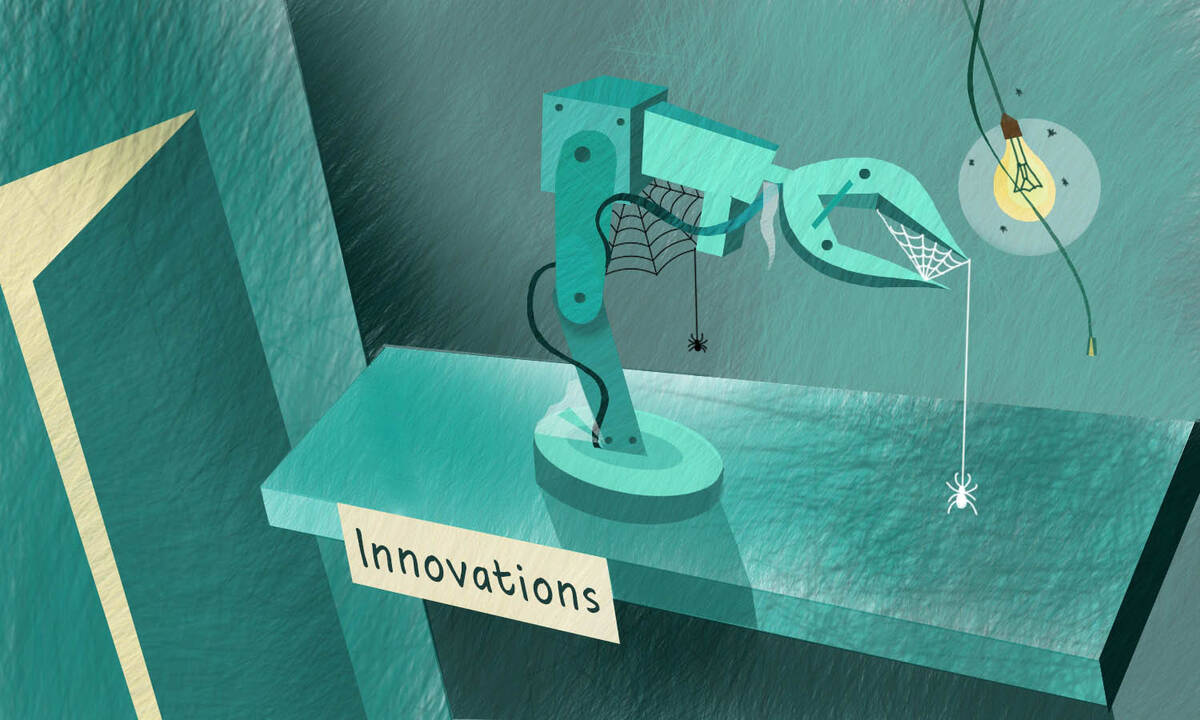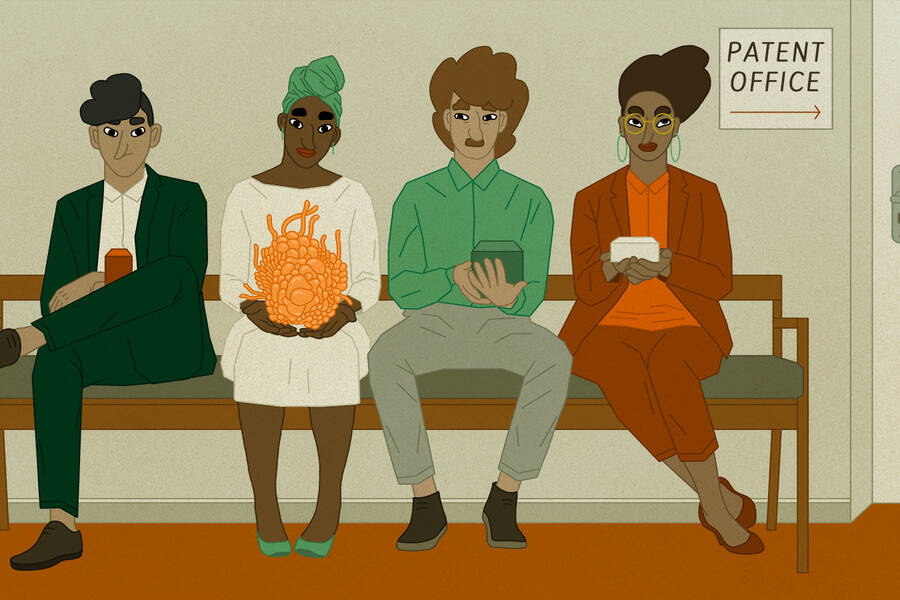So what can be done to encourage breakthrough innovation? Is there some kind of recipe?
Not exactly. But a growing body of research on innovation suggests that there are things that policymakers, companies, and even individual leaders can do to ensure that as many breakthroughs cross the finish line as possible.
1. Provide capital. Lots of it.
Sure, we know that innovation can be expensive. But unfortunately, it appears that, when funds are tight, the most transformative projects are often likeliest to be cut.
Take this study from Kellogg strategy professor Sara Moreira. She and a colleague examined a large dataset of purchasing transactions from U.S. grocery stores, drugstores, and big-box stores from 2006–2015—a period that spanned the Great Recession.
They found that during the recession, product innovation dropped dramatically. But firms with less access to credit fared worst. And while the recession didn’t have much of an impact on the release of new products that were only slightly different than the companies’ original goods—think a “new and improved” formula for your favorite toothpaste—tightened access to credit was linked to a substantial drop in the creation of more innovative products.
The blow to innovation can linger for years. “The impacts of the shock are not temporary,” says Moreira.
A separate study from Kellogg finance professor Dimitris Papanikolaou also supports the importance of financing to achieving breakthroughs, this time in the pharmaceutical industry. He and coauthors found that after a sudden financial windfall, firms were more eager to develop riskier, more innovative therapies. One implication? For more cash-strapped firms, “financial frictions may be limiting innovation,” says Papanikoloau.
A lot of startups make decisions about product development with an eye toward their eventual acquisition. But new research from Kellogg strategy professor Niko Matouschek argues that this tendency could be leading to “more-conventional, less-novel innovation.”
A model that he built with a colleague suggests that, if acquisition is off the table for startups, they generally pursue bolder innovations than do older, established companies. But the possibility of being acquired in the future can push startups to be more conservative and create products that are already quite similar to existing ones. This is because similar products can pose a greater competitive threat to a large firm, thus driving up the acquisition price.
Stricter antitrust legislation could help to curb this strategy. If large firms are prevented from buying so many startups, those smaller companies might strike out in more new directions—a high-risk but high-reward endeavor that could ultimately benefit consumers.
“That is going to induce the entrants to engage in more radical innovations, which are likely to fail, but every now and then they’re going to succeed spectacularly,” Matouschek says.
Trust at the top could be another key to transformative innovation because it creates a culture where employees feel free to “embrace failure, make mistakes, and learn from those mistakes,” says Kieu-Trang Nguyen, an assistant professor of strategy at Kellogg.
This is the takeaway from a study she conducted, which found that when a firm replaces its CEO with one who is likely to be more trusting, the firm produces more patents. What’s more, individual researchers who are most likely to have the CEO’s trust turn out higher quality patents (as measured by the number of citations they eventually receive), suggesting that these individuals use this trust as a license to take more dramatic risks in the pursuit of innovation.
Nyugen’s study suggests that bolstering trust between CEOs and their innovation teams can have a surprisingly large impact on the team’s ability to do high-quality, innovative work.
“We know that culture is hard to change,” she says. “So I was surprised to see quite a large effect, which means that firms’ organizational cultures change faster than I initially thought. Top leaders seem to have a larger impact than I expected.”
That research team you trust so much? Should you just keep making it bigger and bigger?
When it comes to innovativeness and impact, team size does matter—but it’s not as simple as “bigger is better.” That’s the conclusion from research from Dashun Wang, a professor of management and organizations at Kellogg, and his colleagues, who analyzed citation patterns of 50 million papers, patents, and software products developed between 1954 and 2014. They found that large-team projects get more citations—and acquire them more quickly.
But these large teams are more likely to develop on top of existing research than propose new directions. Meanwhile, small teams tend to forge entirely new paths of discovery.
At a time when research teams are growing larger, Wang says it is important to continue to support solo scholars, duos, and trios. “Otherwise, there’s not going to be the small teams that give you the disruptive idea for large teams to develop.”
5. Don’t Underestimate Older Innovators
Finally, as you craft your perfect R&D team, be sure not to discount older innovators. As our understanding of the world grows more complex—and the body of scientific knowledge accumulates over time—so too does the time it takes an individual to gain mastery of this knowledge.
This is likely one reason why the age at which scientific researchers do their most impactful, breakthrough-worthy work has increased over time, as research from Kellogg strategy professor Ben Jones
has found.
And for all of the buzz about young tech disruptors like Elon Musk and Mark Zuckerberg—in their twenties and teens, respectively, when they founded their first extraordinarily successful firms—older tech entrepreneurs actually have the edge. When Jones and his colleagues analyzed data from the U.S. Census Bureau, they found that among the very fastest growing tech companies, the average founder was 45
when they started their company.
“People later in life have more expertise, whether it’s market knowledge or a deeper scientific or technical knowledge,” says Jones. If our biases toward younger innovators exclude older colleagues from crucial opportunities, we all lose. “What are we not getting?” asks Jones.




